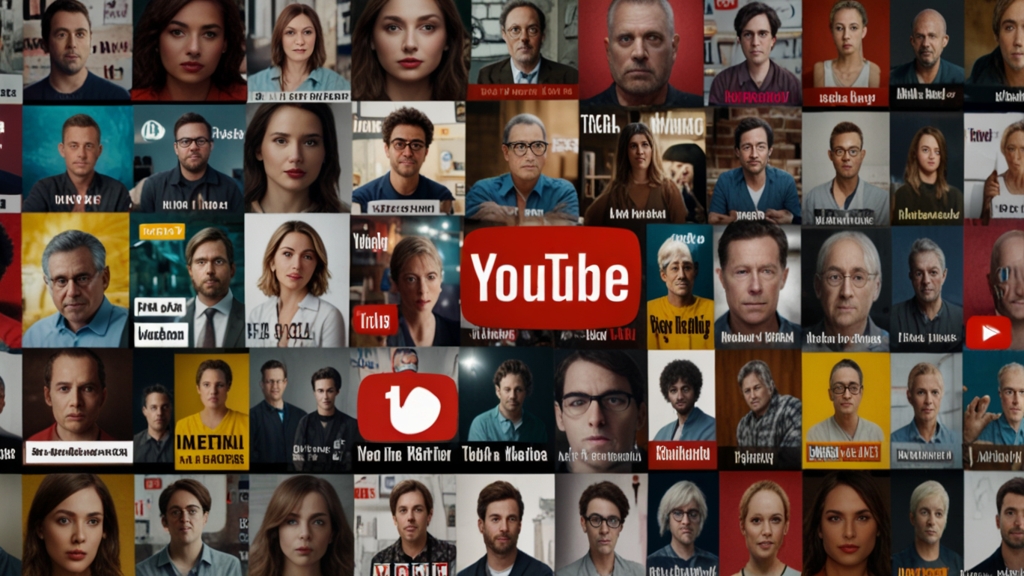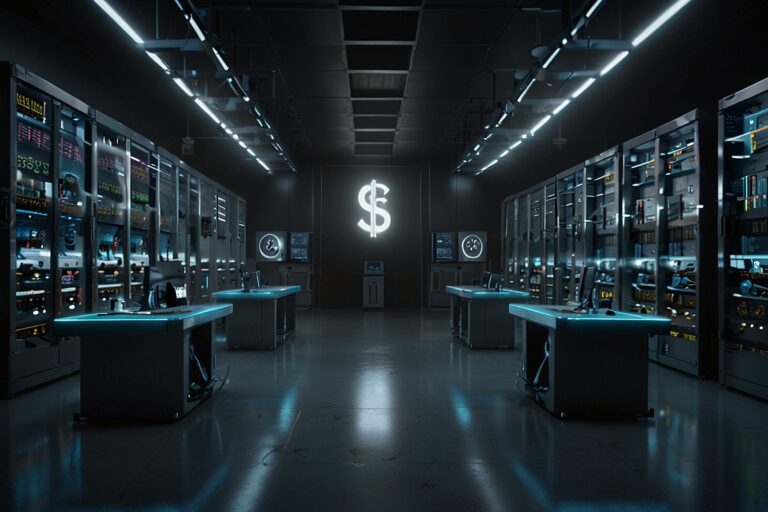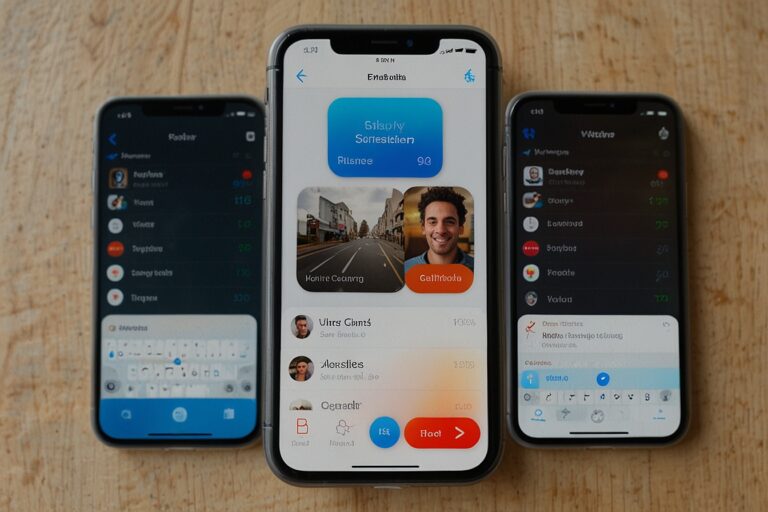
TL;DR
- YouTube is updating its monetization rules on July 15 to target “mass-produced” and “inauthentic” content, increasingly made with AI.
- The platform aims to remove such videos from the YouTube Partner Program (YPP).
- AI-generated voiceovers, image slideshows, or spammy reaction videos could be impacted.
- YouTube claims these policies have existed for years, but the new language clarifies enforcement amid growing AI concerns.
- Creators fear restrictions on reaction videos, but YouTube says those remain eligible if they add value.
AI Slop Drives YouTube to Reassert Content Standards
Amid a rising tide of AI-generated low-quality content, YouTube is preparing to tighten enforcement of its monetization rules for creators. Beginning July 15, the company will revise its YouTube Partner Program (YPP) monetization guidelines, reinforcing that “inauthentic” and mass-produced videos will not be eligible for ad revenue.
Although specific wording of the new policy has yet to be published, YouTube’s support documentation already defines eligible content as “original” and “authentic.” This update is meant to clarify how those principles now apply in the AI era.
“This is a minor update to longstanding monetization policy,” said Rene Ritchie, YouTube’s Head of Editorial & Creator Liaison, in a video posted Tuesday. “Content that is spammy or repetitive has been ineligible for monetization for years.”
However, many creators are concerned that reaction videos, compilation clips, and AI-assisted content might now fall into gray zones. YouTube insists that reaction videos are safe—if they are transformative and add commentary or insight.
The Growing Problem of AI Slop on YouTube
Despite reassurances, YouTube’s decision comes amid a notable increase in “AI slop”—a term used to describe low-quality content churned out by generative AI tools. These often include:
- Slideshows of unrelated stock images
- AI-generated voices narrating news or true crime scripts
- Loops of royalty-free footage repackaged with minimal effort
- Entirely fake videos about events like the Diddy trial or tech CEO scams
One viral true crime series, according to 404 Media, was discovered to be entirely AI-generated, raising alarms over the lack of human involvement and authenticity.
Even YouTube CEO Neal Mohan was recently impersonated in a deepfake phishing scam. While YouTube does offer tools to report synthetic content, enforcement remains inconsistent.
The Data
| Policy Update | Detail | Source |
| Monetization Rule Update Date | July 15, 2025 | YouTube Help Center |
| Affected Content | Mass-produced, repetitive, or “inauthentic” videos, especially AI-generated content | TechCrunch |
| Eligible Content Still Monetized | Reaction videos with commentary; transformative compilations | Rene Ritchie on X |
| Viral AI Slop Example | Entirely AI-generated true crime video series | 404 Media |
| YouTube Slop Viewership | Fake AI-generated news content garners millions of views | TechCrunch |
Why YouTube Can’t Afford AI-Fueled Spam
Though YouTube characterizes the policy revision as minor, the implications are far-reaching. Allowing mass-produced AI content to monetize not only undermines human creators, but also jeopardizes viewer trust and advertiser confidence.
Platforms like YouTube, which rely on premium ad revenue, are increasingly under pressure to demonstrate quality control. Failing to address this deluge of synthetic content could result in:
- Brand safety issues for advertisers
- Algorithmic pollution, harming content discovery
- Loss of creator trust in platform fairness
This makes the July 15 policy shift a pivotal moment in how YouTube responds to generative AI’s disruption of the content economy.




